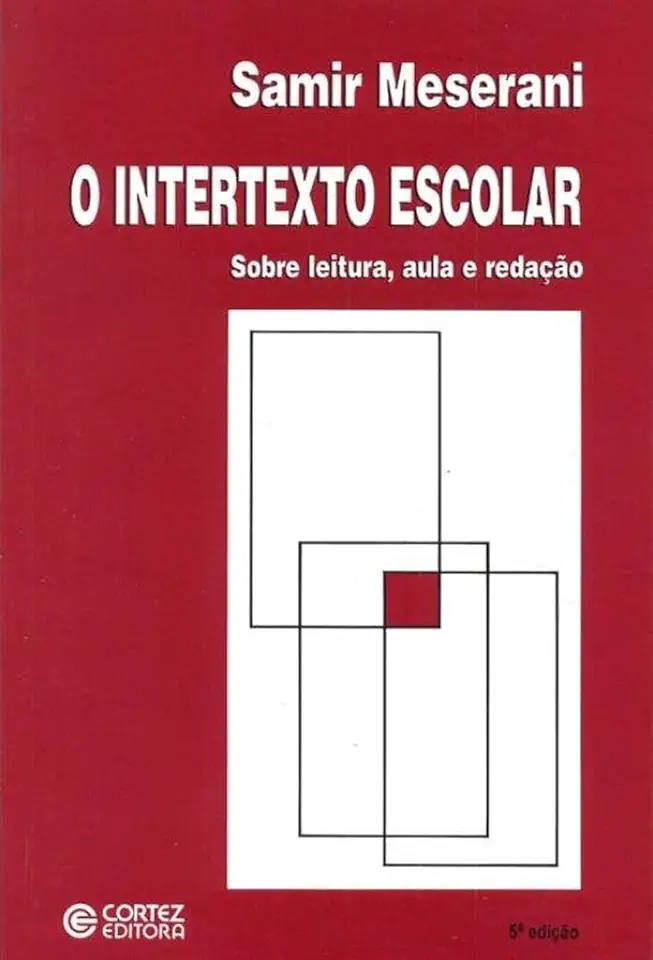
The School Intertext - Samir Meserani
The School Intertext: A Comprehensive Guide to Intertextuality in Education
Introduction
In today's rapidly changing world, effective communication and critical thinking skills are more important than ever. Intertextuality, the study of how texts relate to and interact with each other, is a powerful tool that can help students develop these essential skills.
What is Intertextuality?
Intertextuality is the study of how texts relate to and interact with each other. It is a complex and multifaceted concept that has been studied by scholars in a variety of fields, including literature, linguistics, and cultural studies.
In its simplest form, intertextuality refers to the ways in which one text references or alludes to another text. For example, a novel might include a quote from a poem, or a film might adapt a novel into a screenplay.
However, intertextuality can also be more complex and subtle. It can involve the ways in which texts share themes, motifs, or structures. For example, two texts might both explore the theme of love, or they might both use a similar narrative structure.
Why is Intertextuality Important?
Intertextuality is important because it can help students to:
- Develop critical thinking skills: By analyzing the ways in which texts relate to each other, students can learn to identify and evaluate the sources of information and to make connections between different texts.
- Improve communication skills: By understanding how texts interact with each other, students can learn to communicate more effectively and persuasively.
- Gain a deeper understanding of culture: By studying the intertextual relationships between texts, students can learn about the cultural context in which they were produced and the ways in which they reflect and shape society.
How Can Intertextuality be Used in the Classroom?
Intertextuality can be used in the classroom in a variety of ways. Here are a few examples:
- Compare and contrast texts: Students can compare and contrast two or more texts that share similar themes, motifs, or structures. This can help them to identify the similarities and differences between the texts and to develop a deeper understanding of each text.
- Analyze the sources of information: Students can analyze the sources of information that are used in a text. This can help them to identify the author's perspective and to evaluate the credibility of the information.
- Create new texts: Students can create new texts that draw on and interact with other texts. This can help them to develop their own unique voices and to express their own ideas and perspectives.
Conclusion
Intertextuality is a powerful tool that can help students to develop critical thinking skills, improve communication skills, and gain a deeper understanding of culture. By using intertextuality in the classroom, teachers can help students to become more effective communicators and critical thinkers, and to develop a lifelong love of learning.
Order Your Copy Today!
The School Intertext is a comprehensive guide to intertextuality in education. It provides teachers with the tools and resources they need to use intertextuality effectively in the classroom. Order your copy today and start helping your students to develop the skills they need to succeed in the 21st century!